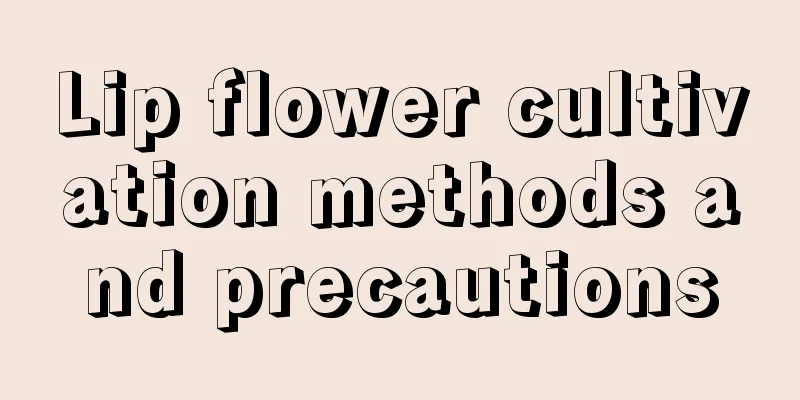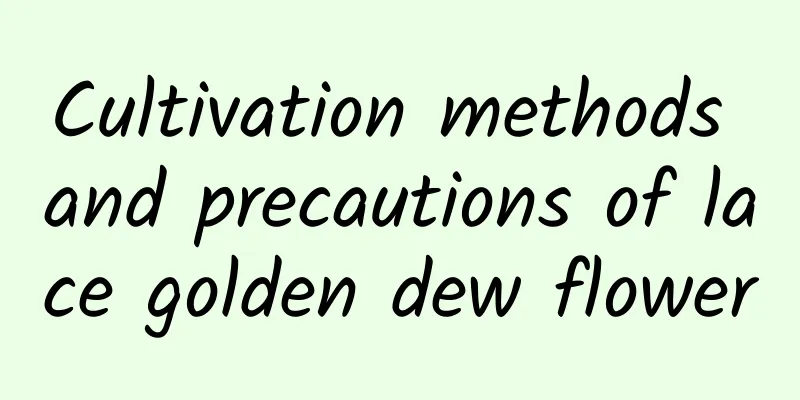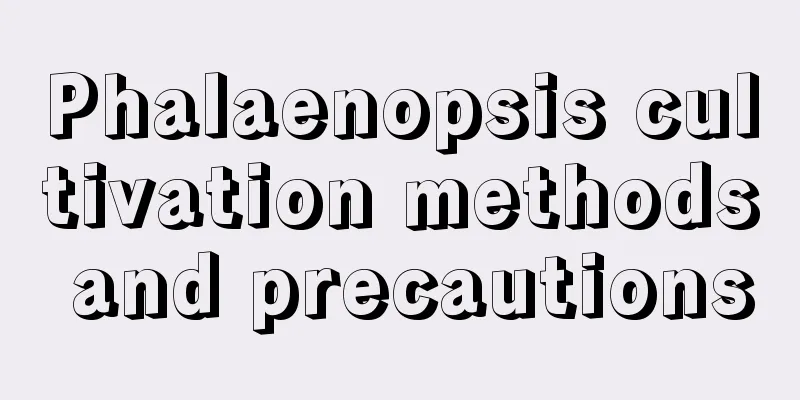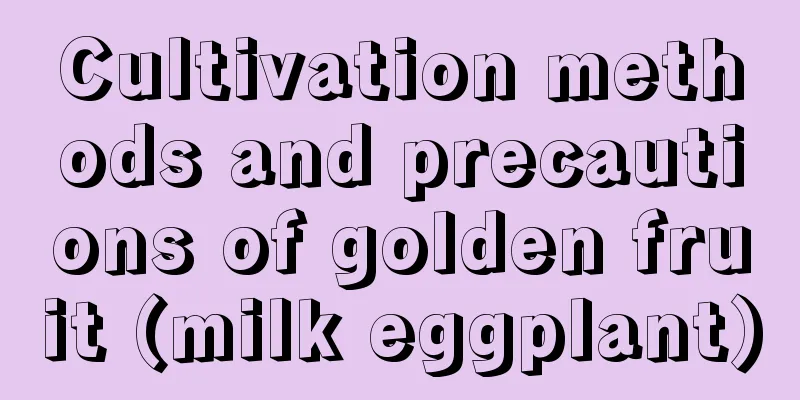Lip flower cultivation methods and precautions

1. Maintenance methods1. Substrate selection: It is best to choose fertile and loose soil with good drainage for growing lip flowers. It is best to choose perlite and vermiculite, and mix them with a certain amount of leaf mold, which is conducive to its growth. 2. Temperature management: It is relatively sensitive to temperature and grows fast in an environment of 18-25℃. In winter, the plant may be damaged by severe cold. The temperature should not be lower than 18℃. If it cannot be reached, you can use plastic wrap to help increase the temperature and humidity. 3. Water management: Proper watering of seedlings is beneficial to its growth. Do not allow water to accumulate, as it does not like waterlogging. Watering should be determined according to the moisture conditions of the soil. The seedlings do not need much water, just moist soil is enough. 4. Light management: It has high requirements for light and prefers an environment with plenty of sunlight. If it is afraid of strong light, place it in a place with sufficient diffuse light. If the indoor conditions are dark or it is cloudy outdoors for a long time, use lights to meet its light needs. 2. Breeding techniques1. Pruning: Regularly clean the fallen flowers and leaves on the plants, and prune the aging branches and leaves in time to promote the growth of new branches. 2. Sowing: Sprinkle the seeds evenly on the soil layer, keep the soil moist, and cover it with a thin layer of soil, generally about 2 cm, which is conducive to rapid germination of the seeds. 3. Problem diagnosis and treatment1. Leaf falling: Plants are afraid of severe cold in winter. Low temperatures will cause them to be damaged and fall leaves. To prevent leaves from falling, take appropriate measures to keep warm. If the leaves have fallen, you need to move it into a warm room. 2. Sunburn: Although it likes an environment with plenty of sunlight, it is afraid of strong light and too high temperatures. It is best to keep it in a place with scattered light. IV. Other issues1. Is it edible? It is not edible because the lip flower is distributed in Central and South America. Due to local deforestation, the ecological environment has been destroyed and it is in an endangered state, so the species must be protected. 2. Is it poisonous? It is completely non-toxic. It looks beautiful and can attract insects and birds to help with pollination. |
<<: Palm cultivation methods and precautions
>>: How many years can Lithops be grown?
Recommend
What kind of flowerpot is good for jade tree
What kind of flower pot is suitable for jade tree...
Cultivation methods and precautions of Cineraria
1. Breeding methods 1. Soil: The plant prefers so...
How to grow black orchid to make it bloom
Black orchid blooms When Mo Lan blooms, it symbol...
Camellia propagation methods and precautions
Cutting method The easiest way to propagate camel...
How to grow mint
one, Prepare the Soil To prepare loose and breatha...
Cultivation methods and precautions of rowan
1. Maintenance methods 1. Soil: It absorbs nutrie...
What flowers are suitable for growing in Xingtai? What are the city flowers and trees?
1. Climate characteristics of Xingtai Xingtai has...
How to grow spoon-lipped orchid
one. About the selection of maintenance environme...
How long is the growth cycle of water spinach?
Introduction to the growth of water spinach Water...
Cultivation methods and precautions of Osmanthus fragrans
Pot soil Osmanthus prefers slightly acidic, well-...
When is the best time to sow five-color chrysanthemum
Suitable time for sowing five-color chrysanthemum...
How to grow and propagate Shrimp Flower
1. How to raise 1. Light: Shrimp grass prefers li...
Breeding methods and precautions of Golden Sea Eagle Claw
1. Maintenance methods 1. Flower pot: It is bette...
Illustrations of 258 common succulents, identify them all in 1 minute!
1 White Peony (Author: Yang Tutu Source: Sina Wei...
How to deal with the old piles dug up
1. Treat the roots If you have just dug it up, yo...









